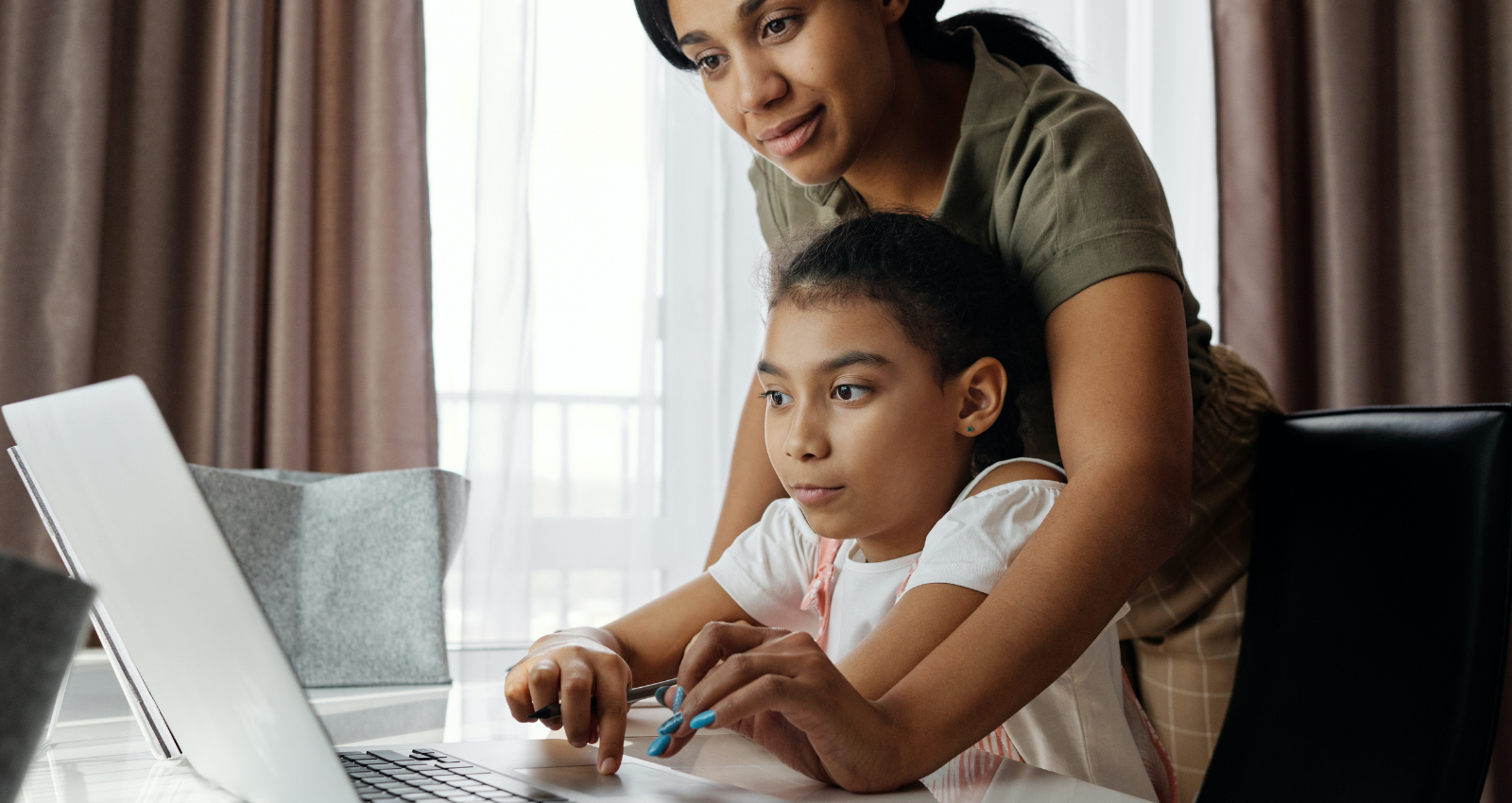
Tips for Supporting Your Child in Virtual Learning
Over the past year parents throughout the UK have developed a new found respect for teachers because of two dreaded words – home schooling. For many the challenge of juggling home schooling with working, housework, appointments, therapies – you name it – has been a challenge.
You can’t become a teacher overnight and it’s impossible to get it right all of the time, but we hope that these virtual learning tips for parents help you to handle the world of home schooling more easily.
Virtual Learning Tips During covid-19
- Create Rules
Firstly, it’s good to establish what the rules are. These can be as simple as listening, doing your best and having respect for one another. Vital things for every day life and virtual learning at home.
- Sticking to a timetable
A timetable, particularly for children with special needs, is handy to help them adapt to change and move from one task to the next. Children with autism and learning disabilities often use a now and next board at school and using this method could help with homeschooling activities. You could also create a social story if you think that it would help.
- Establishing achievable goals and objectives
It’s important to establish what the goals are at the outset so that your child knows what is expected of them and you both have an idea of the desired outcome. Having a goal can be motivating for some children and you can use aids to help encourage them like a rewards chart. If your child struggles to learn it’s important that your goals focus on behaviour and learning and not just completion of a task.
Create a Good Working Environment
A good working environment is vital. It will of course be difficult for any child to view their home environment as a school one because let’s face it – it’s not! Remove distractions if you can and set up a quiet, calm space where activities can be carried out.
If your child struggles to sit still and concentrate consider aids that might help. For example a wobble cushion, which is a sensory cushion filled with air. The movement of the wobble cushion can help your child to focus and stay alert.
If your child has a favourite fidget toy or something that helps to keep them calm, let them use it. These are tricky times and it’s not surprising that some children will feel anxious when there is so much change to their routine.
For break times consider a ‘chill out’ zone away from your work area. This could be a quiet space somewhere else in your house or – if you have one – even a dark den.

Avoid cramming in too much and be kind to yourself/one another
You are not a teacher. You are a parent with a million and one things that you are responsible for as well as now the virtual learning for your child. Remember this and be kind to yourself and your child. Don’t put any pressure on yourself or them and focus on their strengths.
Your relationship is the most important thing as well as your mental well-being. Be supportive and take one thing at a time. If a task is too difficult, speak to their teacher and see if they can help with virtual learning or simply move on to the next task. Some days it just won’t work and that’s okay. We all need a break sometimes and even a day off.
Positive Mental Attitude (PMA)
PMA is always a good thing to have. Granted, it can be difficult to have during a world-wide pandemic where virtual learning is required, however if you can – take a deep breath and be positive. You are doing a great job in extremely difficult circumstances. It is not easy. Positivity breeds positivity and chances are if you are positive your child will be too.

